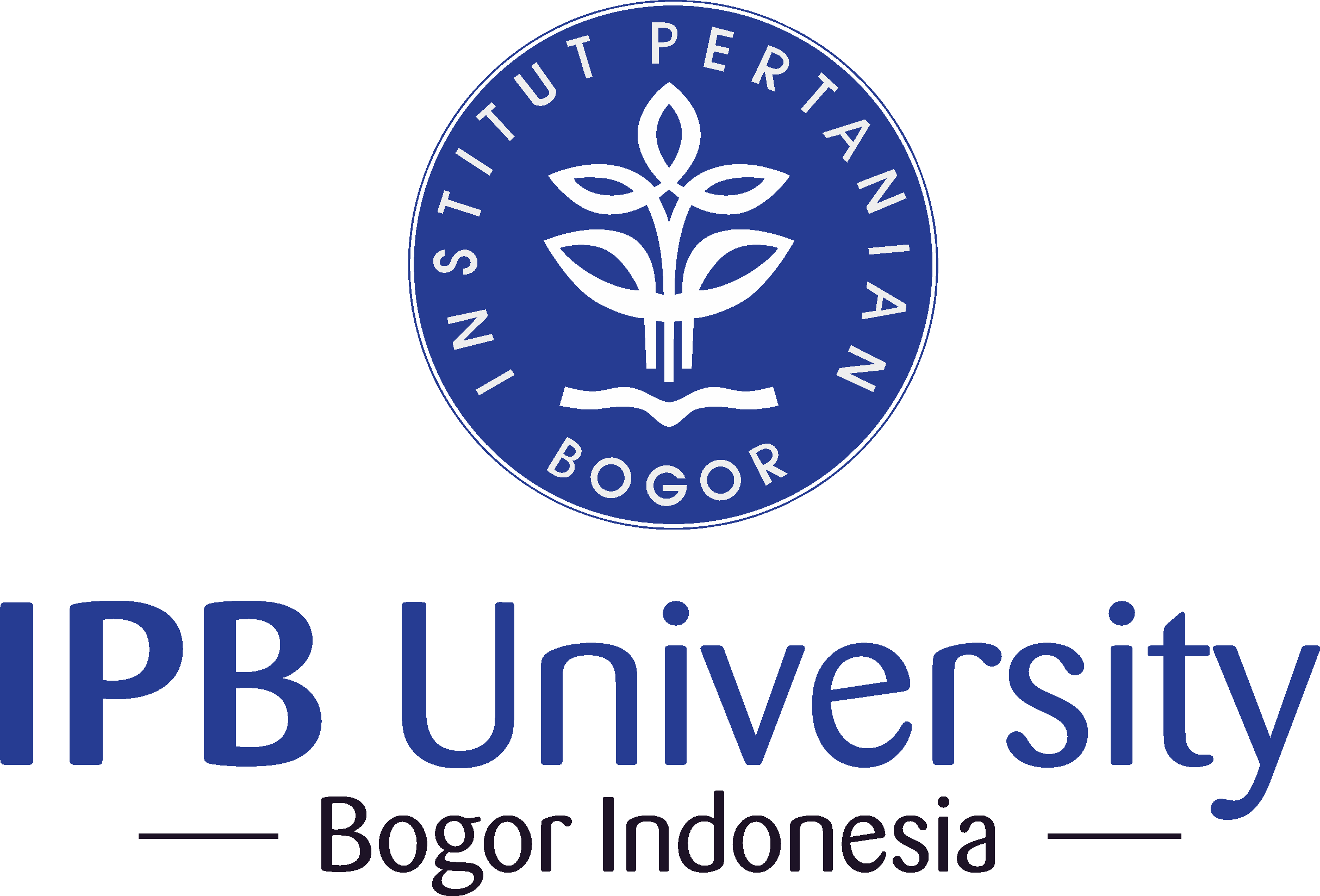Influence of Co-feeding Methanol-sorbitol Ratio on Production of Human Insulin Precursor Expressed by Mut+ Pichia pastoris
Abstract
An increasing number of diabetic patients and the demand for insulin encourage the development of recombinant insulin production on a large scale. Human insulin precursor (HIP) expressed by Mut+ Pichia pastoris using methanol as an inducer was developed. However, methanol above 5% (w/v) or 1.56 M is toxic for the host. Sorbitol was introduced as a co-substrate with methanol. To our knowledge, the study of methanol/sorbitol co-feeding on human insulin precursor (HIP) expression by Mut+ Pichia pastoris in a bioreactor has yet to be reported. This study aimed to investigate the influence of the methanol-sorbitol co-feeding ratio on the expression of HIP expressed by P. pastoris X33 Mut+. The study was conducted by comparing the cultivation of P. pastoris/pD902-IP Mut+ in a 10-liter bioreactor under three conditions: feeding 100% methanol, mass ratio of MeOH:sorbitol 12:1 and 3:1. The oxygen consumption of methanol/sorbitol is less than the methanol feeding. The mass ratio of MeOH:sorbitol 12:1 produced the highest HIP titer (1326.5 mg/L), 1.5 times higher than methanol feeding, the lowest specific growth rate, but the highest specific productivity at the induction phase. MeOH:sorbitol mass ratio 3:1 produced the highest dry cell weight (DCW) amount (96 g/L). These results suggested that an appropriate ratio of sorbitol-methanol can be a choice to replace methanol feeding in a Mut+ P. pastoris.
Downloads
Copyright (c) 2025 Dian Japany Puspitasari, Anis Herliyati Mahsunah, Dini Nurdiani, Rika Indri Astuti, Anja Meryandini

This work is licensed under a Creative Commons Attribution-NonCommercial 4.0 International License.
HAYATI J Biosci is an open access journal and the article's license is CC-BY-NC. This license lets others distribute, remix, tweak, and build upon author's work, as long as they credit the original creation. Authors retain copyright and grant the journal/publisher non exclusive publishing rights with the work simultaneously licensed under a https://creativecommons.org/

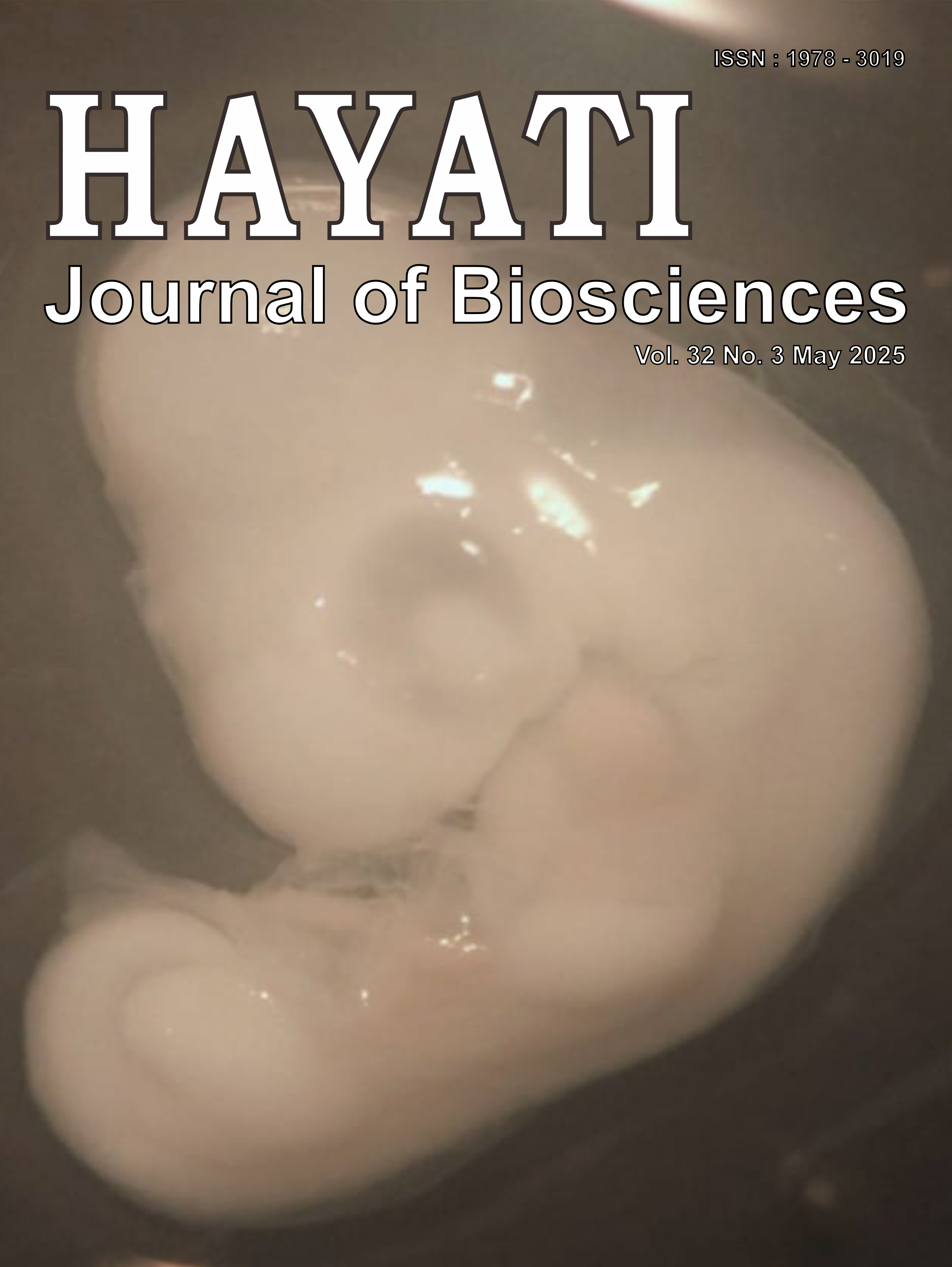








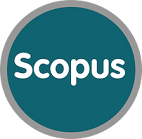
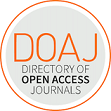




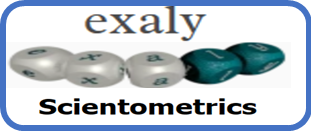




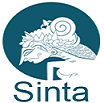

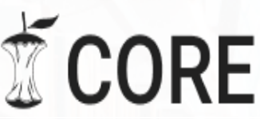

.png) IPB University
IPB University Department of Biology
Department of Biology The Indonesian Biological Society
The Indonesian Biological Society 